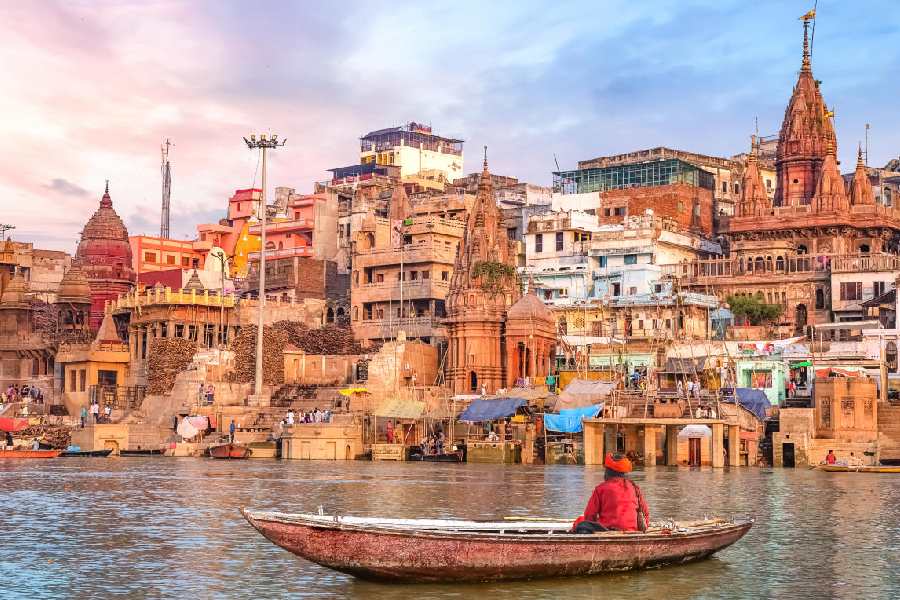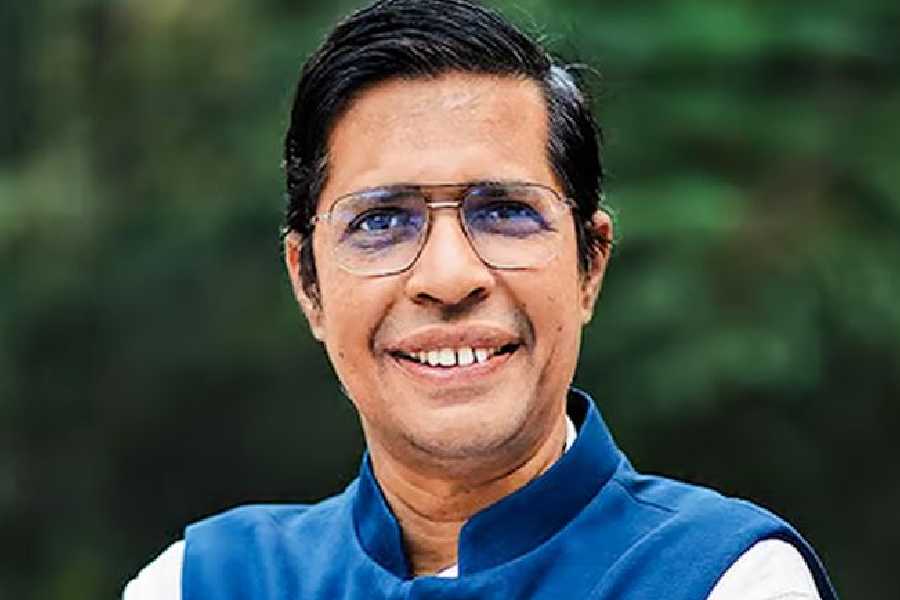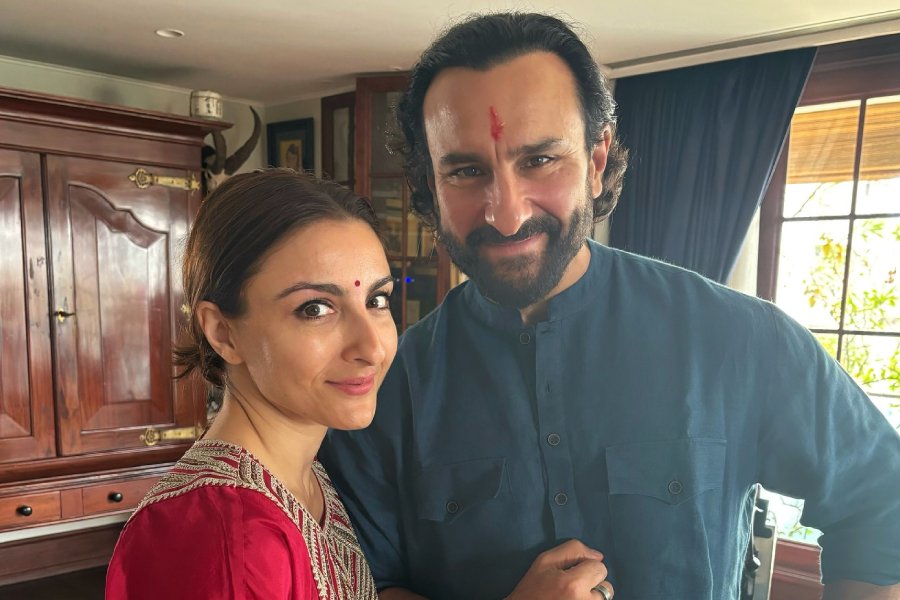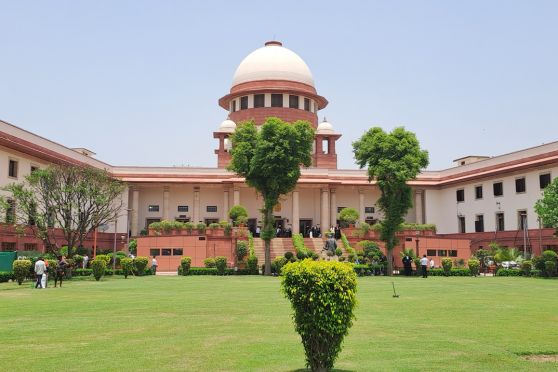Book: TRIPPING DOWN THE GANGA: A SON'S EXPLORATION OF FAITH
Author: Siddharth Kapila
Published by: Speaking Tiger
Price: Rs 799
Reading the title of the book, I was immediately reminded of two hard-hitting memoirs: Aatish Taseer’s The Twice-Born and Parvez Sharma’s A Sinner in Mecca, both deeply-researched, luminously-written books, with their authors retracing their steps towards their roots, seeking salvation, spiritual or otherwise, through the armour of faith. Siddharth Kapila takes a somewhat similar, however far too ambitious and adventurous, route to document his travels to pilgrimage sites — only Hindu ones — along the coasts of the Ganga.
Like most corporate slaves working to afford luxury and status, Kapila felt that his soul was being sucked out. Akin to the American dream of finding oneself or Frantz Fanon’s version of the return to self, Kapila travels to various glamorous cities, but it’s only a visit to Char Dham that feels like homecoming.
To demarcate only Hindu cities might be a way to make the project more focused, but in a country fractured along religious lines, it can easily be read as a statement or a subconscious bias. More so because the book discusses faith that can serve as the only unifying factor which preserves our glorious, secular past. But let’s leave that aside.
The book takes us on a journey with winding roads, offering us panoramic views of hills (Neela Parbat) and of the amorphous shivalingam at Kedarnath. There is the rousing ‘Bam Bam Bhole’ of the kanwariyas and the obsession of the ash-smeared Aghoris with the occult. What is enjoyable is the generous peppering of anecdotes and myths, attempts atlogical explanations, and an earnest desire in everybody to prove their faithfulnessto god.
But while the narrative succeeds in offering the sensorial delights of a memoir, it also becomes the book’s limitation. One of the reasons being that it is full of interviews with pandits and pilgrims, all of whom share their everyday practices, prejudices and, at times, distorted conceptions of history. These can act as good departure points, but in the absence of rigorous research or modern interpretation, they begin to feel too commonplace.
The genesis of faith — the harmony between belief and science, as explained by Saint Thomas Aquinas — and its praxis are controlled and affected by far more complex factors. At places, Kapila goes closer to its core, but then ricochets off like a hesitant, first-time writer. Take, for example, the mention of the guilt after eating beef in Japan or arguing with the pandit about the forbidden entry of sweepers inside the temples. One wishes that he would take time to investigate this guilt and use it as a mirror to reflect on his biases.
Kapila’s inability to look beyond his cosy bubble of privilege and bourgeois common sense becomes the book’s major weakness. At one place, he says, “[B]ecause Christianity is mainly a Western faith, a world I associate more with material things and values, I’ve come to view it as — how shall I put it? — lacking in depth.” Then, after being with the kanwariyas for some time and, later, reading stories of kanwariya vandalism, he is quick to jump to conclusions: “Indeed, there are some hooligans, but this news shows such a lopsided picture!... isn’t it also true that we car owners came in their way as they trod down the highway, barefoot and thirsty?”
The magnanimity and the luminosity of faith thus begin to feel pretentious.











